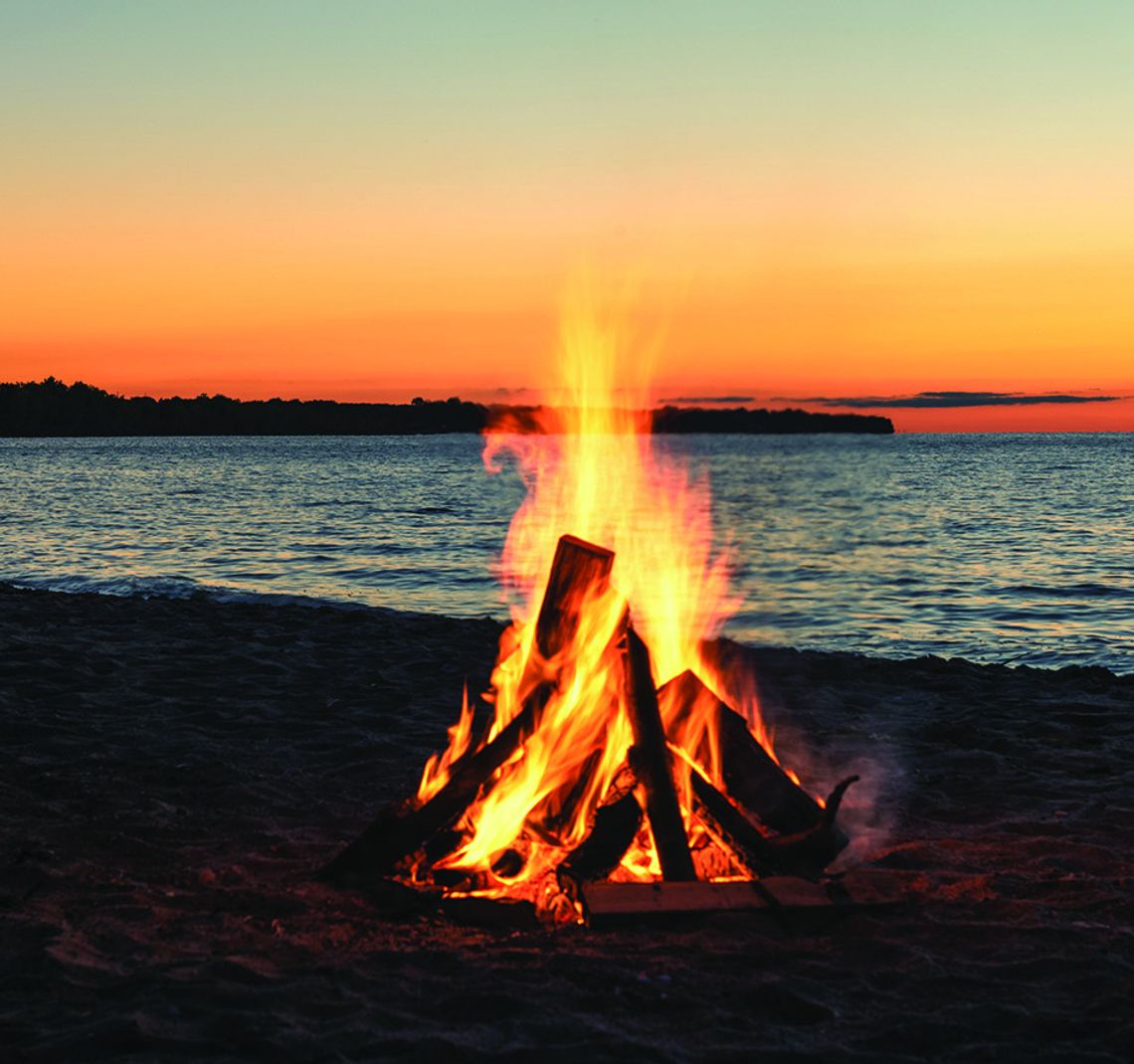The family tradition of beach fires on Leelanau beaches are popular, but the charcoal left is a sore sight for the pristine shoreline.
“Beach fires, I don’t believe have increased. The residue is more prominent as there is a lot of beach throughout the lakeshore,” Sleeping Bear Dunes National Lakeshore Superintendent Scott Tucker said.
Tucker says the beaches look more charcoal filled since the water line dropped from previous highs in 2021.
“Charcoal scars are more noticeable and our challenge is an educational one,” Tucker said. “(The questions we ask ourselves) is how do we put an educational message there from arrival to departure about how to take care of bonfires.”
SBDNL did announce they are starting an educational campaign about this.
Tucker reiterates that SBDNL has no plans of banning bonfires in the national park that has been a family tradition for many for decades.
The park is focused on educating the public on what proper wood should be used while not bringing invasive species or pallets to the park.
Pallets produce hundreds of nails in the sand when they are burned. The name is what you bring in, you pack out, according to Tucker.
“If we can get every person who has a bonfire to take out previous charcoal we can make great strides,” Tucker said. “If a group that has a beach fire packs out the residue of former beach fires will help set the pattern and everyone can enjoy this family tradition.”
Kerry Kelly of Friends of Sleeping Bear Dunes and other volunteers pick up trash at SBDNL beaches and occasionally they have non-profit groups like Boy Scouts, church groups and businesses have community days. None have been scheduled for 2024 as of this writing.
“(Groups) will have shovels, racks, and screened to get some of those coals out of the beach, but it’s hard to do,” Kelly said. “The more fires, the more coal you have to deal with, which makes these beautiful pristine beaches trashy with coal all over.”
The biggest issue besides the unsightly look is safety and having fires in the dune grass that has potential in starting wildfi res.
“When they are done with the fire they will just bury it and someone else will step in the hot coal,” Kelly said. “We want to encourage people if they have a fire down in the sandy area away from dune grass and vegetation and do it with plenty of water.”
“We would support the park’s effort to educate people on hazards of the fires and wildfires,” Kelly said.
Know before you go:
• First, check to make sure fires are allowed, and don’t build fires near vegetation.
• Fires are only permitted on Sleeping Bear Dunes National Lakeshore beaches — not city parks — and only between the water’s edge and first dune. The park works hard to preserve the landscape for generations, and human impact (especially wildfi res) pose a substantial risk.
• Never bury your fire.
• Put your fire out with water and make sure the coals are not only wet, but visible to passersby. Sand can trap embers below, keeping them hot through the night and possibly injuring beach goers the following day.
• Leave no trace.
• Pack out what you packed in; never litter. For fires, only collect driftwood wood from downed trees. Leave other vegetation alone. Dogs are allowed on some, but not all, park beaches.
• Beaches that allow campfires include Empire Beach, North Bar Beach, Esch Road Beach, Good Harbor, Bohemian Beach, Glen Haven, and more.








